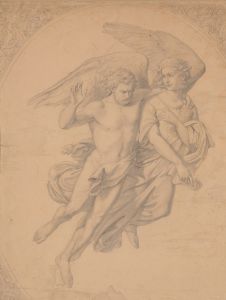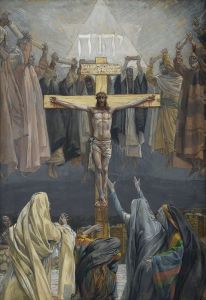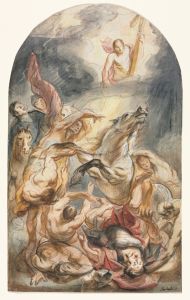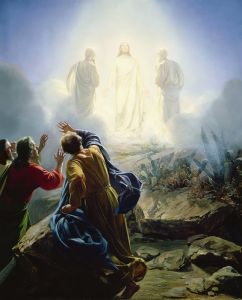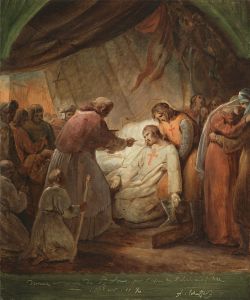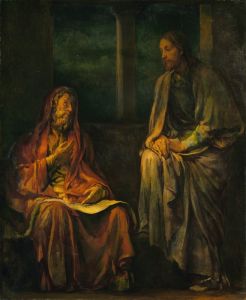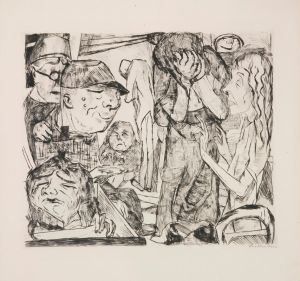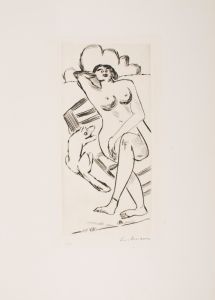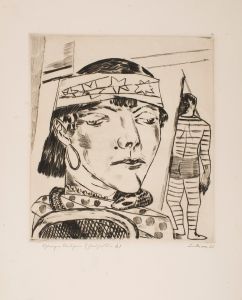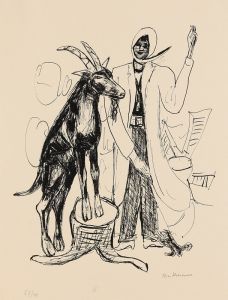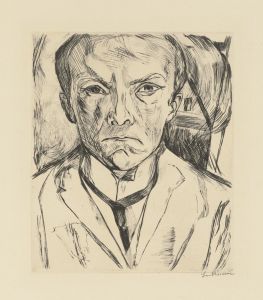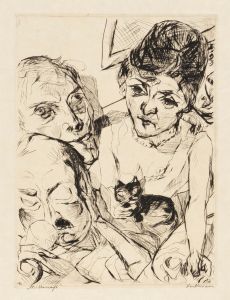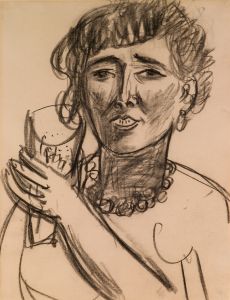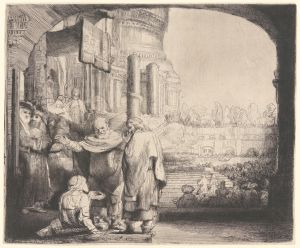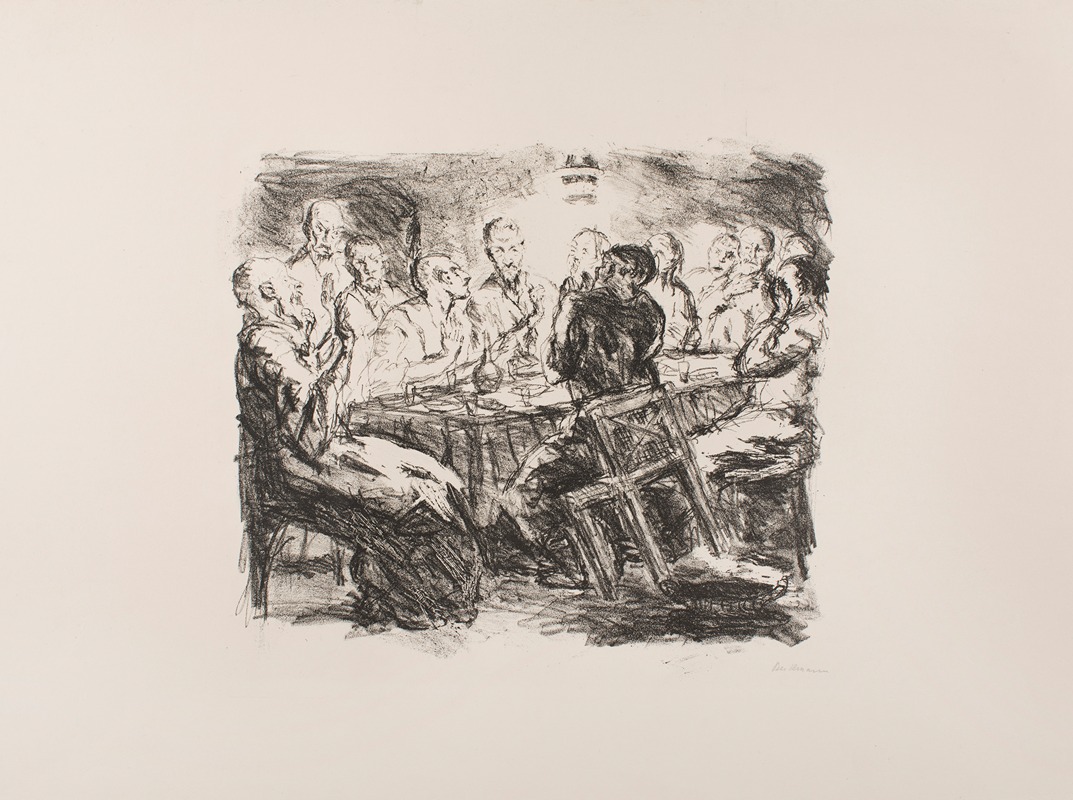
The Last Supper, plate 5 from the portfolio ‘Six Lithographs to the New Testament’
A hand-painted replica of Max Beckmann’s masterpiece The Last Supper, plate 5 from the portfolio ‘Six Lithographs to the New Testament’, meticulously crafted by professional artists to capture the true essence of the original. Each piece is created with museum-quality canvas and rare mineral pigments, carefully painted by experienced artists with delicate brushstrokes and rich, layered colors to perfectly recreate the texture of the original artwork. Unlike machine-printed reproductions, this hand-painted version brings the painting to life, infused with the artist’s emotions and skill in every stroke. Whether for personal collection or home decoration, it instantly elevates the artistic atmosphere of any space.
Max Beckmann, a prominent German painter and printmaker, created "The Last Supper, plate 5" as part of his portfolio titled "Six Lithographs to the New Testament." This work is a lithograph, a printmaking technique that involves creating images on a flat stone or metal plate with a greasy substance, then using that plate to press ink onto paper. Beckmann's portfolio was produced in 1949, a period marked by his exploration of religious themes and existential questions, reflecting the broader context of post-World War II Europe.
Beckmann is known for his unique style that blends elements of Expressionism, New Objectivity, and his own personal vision. His works often feature bold lines, dramatic contrasts, and a deep exploration of human emotion and experience. "The Last Supper" is no exception, as it captures the intense and poignant moment of Jesus Christ's final meal with his disciples, a subject that has been a significant theme in Christian art for centuries.
In this lithograph, Beckmann interprets the biblical scene with his characteristic intensity. The composition is likely to focus on the emotional and psychological interactions between the figures, rather than a strictly literal or traditional representation. Beckmann's use of space, form, and line would contribute to a sense of immediacy and tension, inviting viewers to engage with the narrative on a deeper level.
Beckmann's work often reflects his personal experiences and the tumultuous times he lived through, including the rise of Nazism, his exile from Germany, and the aftermath of the war. These experiences may have influenced his depiction of "The Last Supper," infusing it with a sense of urgency and introspection. The choice of this particular biblical scene could be seen as a reflection on themes of betrayal, sacrifice, and redemption, resonating with the broader human condition.
"The Last Supper, plate 5" is part of a larger body of work that Beckmann created in response to the New Testament, indicating his interest in exploring religious narratives and their relevance to contemporary life. This portfolio showcases his ability to reinterpret traditional themes through a modern lens, making them accessible and meaningful to a 20th-century audience.
Max Beckmann's contribution to art extends beyond his technical skill; his works are celebrated for their ability to convey complex emotions and ideas. "The Last Supper, plate 5" is a testament to his mastery of lithography and his capacity to engage with profound themes in a way that is both personal and universal. Through this piece, Beckmann invites viewers to reflect on the enduring significance of the Last Supper and its implications for understanding human nature and spirituality.





